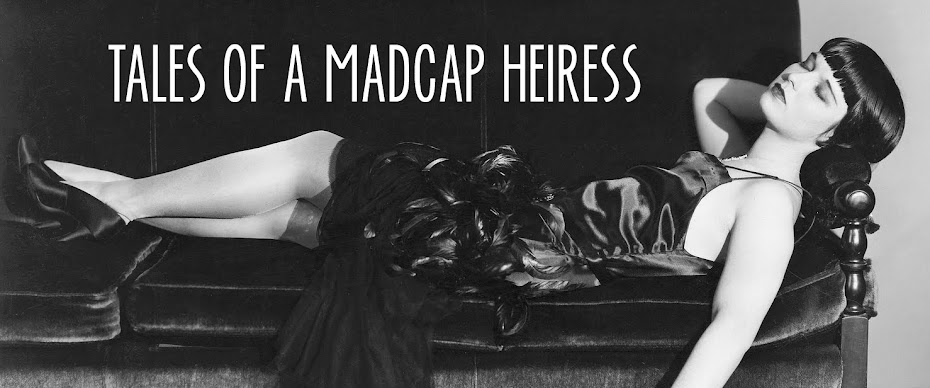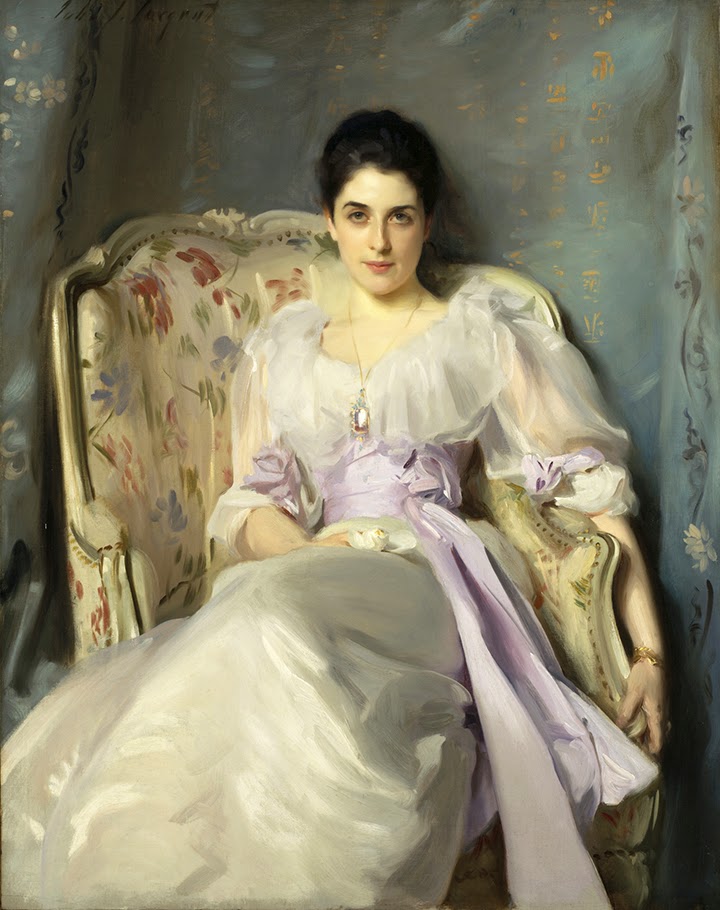"Lady Agnew of Lochnaw" John Singer Sargent (1892)
There’s currently a
small exhibit at the Frick Collection that’s a welcome respite
from the larger shows around town. “Masterpieces from the Scottish National
Gallery” features ten works from that museum's strong collection that look right at home on the walls of the Frick.
The
paintings, which range from the 15th to the 19th century,
include Botticelli’s serene “The Virgin Adoring the Sleeping Christ Child” (ca.
1485) with that wonderful Renaissance blue and a Virgin Mary who looks an awful
lot like Uma Thurman; “An
Allegory (Fábula)” by El Greco (ca. 1585–95),
which depicts a boy “blowing fire,” rendering an interesting glow to the
painting (there’s also a monkey by his side); “The Ladies Waldegrave” by Sir
Joshua Reynolds (1780-81), featuring the grandnieces of Horace Walpole, shows a varying range of beauty and leave one wondering how the sisters fared in
life (they all received marriage proposals after the painting was finished so
on the surface they did well); and a requisite kilt to represent Scotland in Sir Henry Raeburn’s larger than life portrait of “Colonel Alastair Ranaldson Macdonell, 15th
Chief of Glengarry” (1812).
Yet it is
the youngest painting in the bunch that is the star of the show. John Singer Sargent’s portrait of “Lady Agnew of Lochnaw”(1892) holds court at the end of the
gallery. The former
Gertrude Vernon (yes, Gertrude) was married to barrister Sir Andrew Noel Agnew
who commissioned the portrait from Sargent. Lady Agnew was obviously very
beautiful but it is her very modern, straightforward gaze at the viewer and
seemingly languid pose with her arm draped over the side of the chair that lends
a sensual air to the portrait. Add the white and lilac colours of her gown
with the flower-patterned chair and Chinese wall hanging and you have one
gorgeous portrait.
When the
painting was shown at the Royal
Academy in 1893 it received raves from the critics, bolstering the reputations
of both the sitter and painter—Lady Agnew went on to become a popular hostess and Sargent would be
known as the go-to portrait painter for the wealthy.
Ironically in 1922 a widowed Lady
Agnew inquired about selling the painting to the Frick but Helen Clay Frick, daughter of the museum’s
founder, declined. Some 92 years later, it’s finally arrived if just for a temporary
stay.
Lady Agnew and the other
paintings will be at the Frick through February 1, 2015. For more information,
visit here. And if you go be sure to check out the gift shop, which has items from the National Gallery's shop including a fun mug dubbed "Men in Socks."


No comments:
Post a Comment